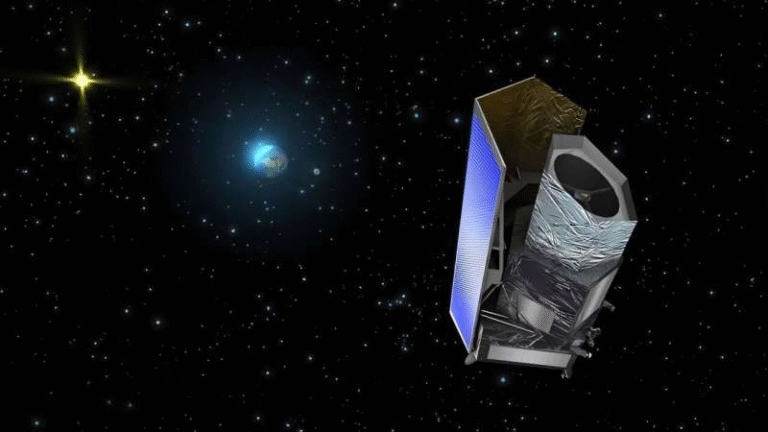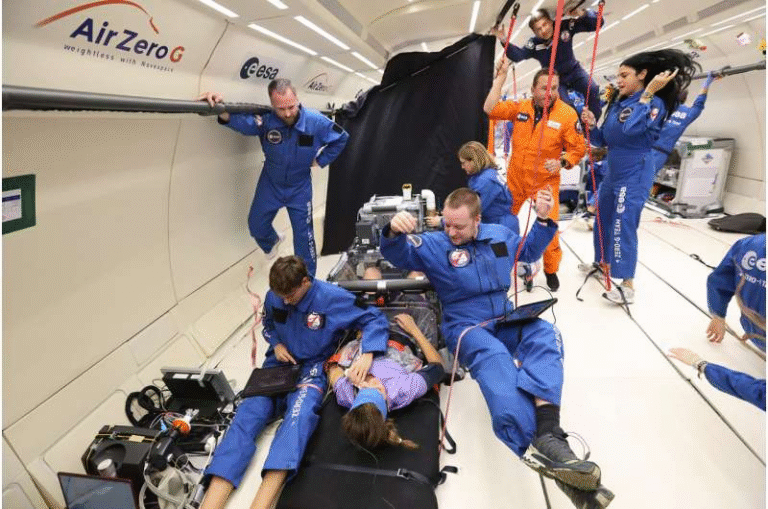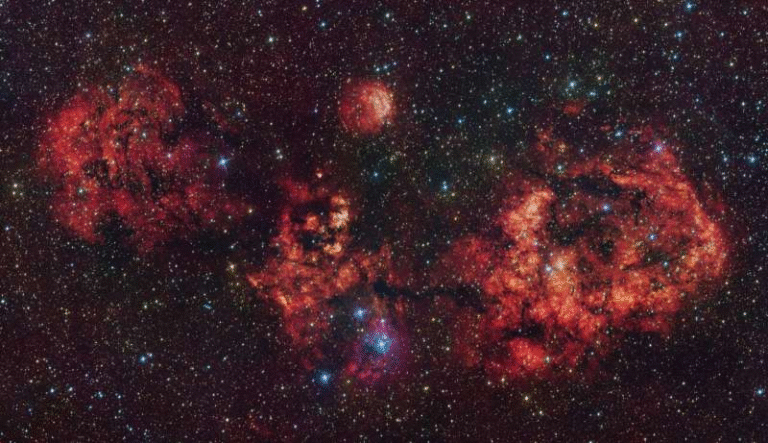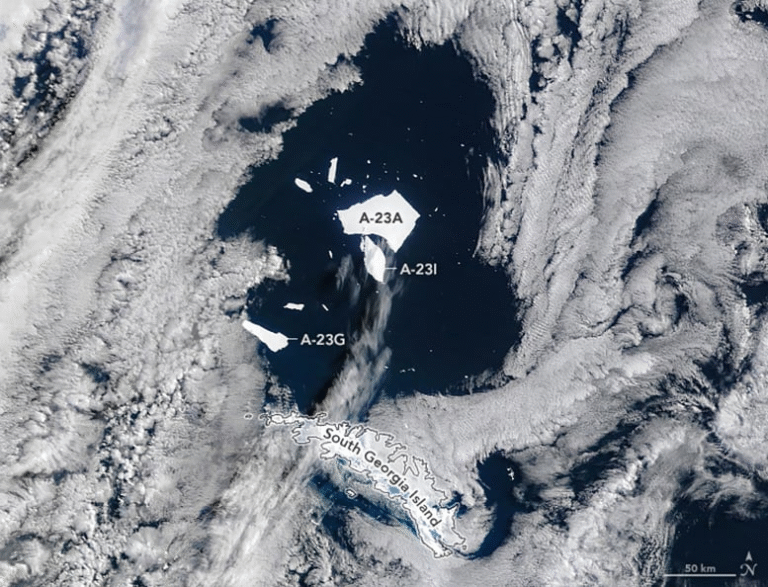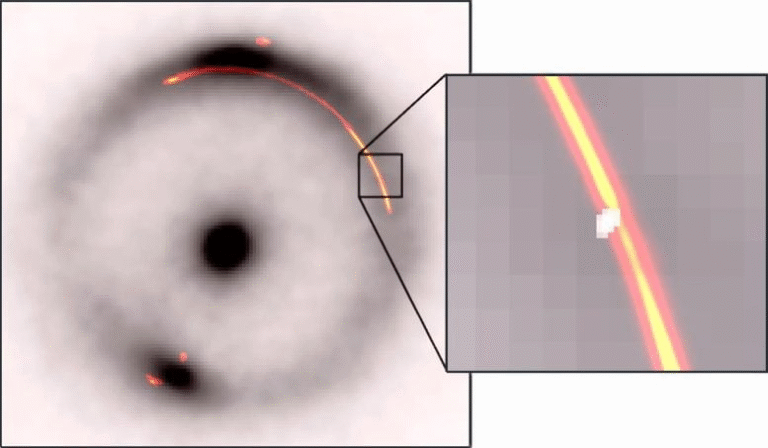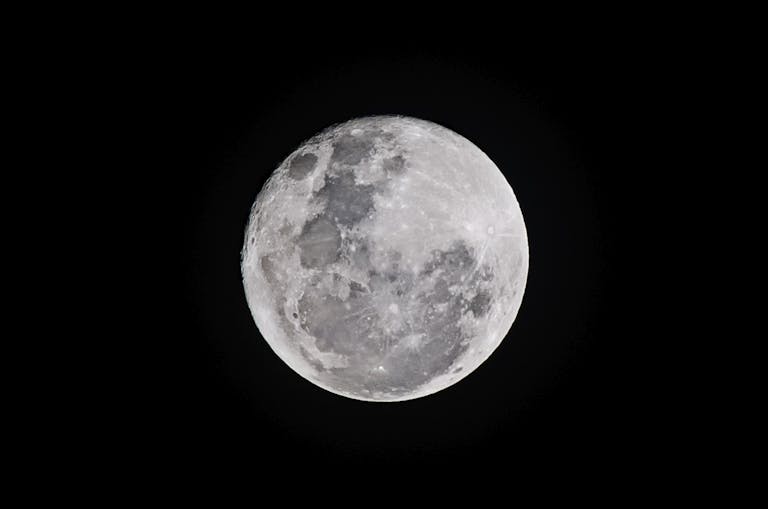Search for Elusive Neutrino Multiplets Tightens Limits on Cosmic Particle Origins
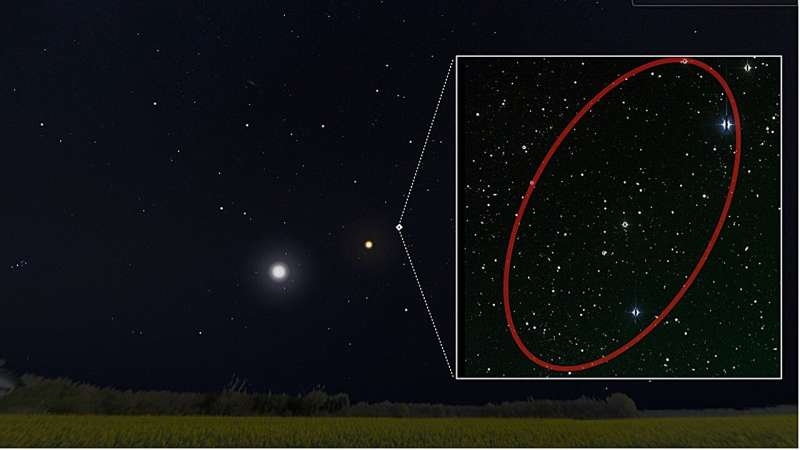
Scientists at Tohoku University in Japan, working with data from the IceCube Neutrino Observatory, have taken a major step toward solving one of the most persistent mysteries in astrophysics — the origins of high-energy cosmic particles. These particles, including protons, electrons, and neutrinos, bombard Earth from space with energies far beyond what human-made accelerators can achieve. Despite years of study, no one knows for sure where they come from.
A leading idea has been that explosive cosmic transients — such as supernovae or tidal disruption events (TDEs) where black holes tear stars apart — could be the engines powering these particles. But until now, scientists have lacked clear observational evidence to prove or disprove that theory. This new research, led by Seiji Toshikage, Shigeo Kimura, and Masaomi Tanaka from Tohoku University, takes that test to the next level.
Their study, published in The Astrophysical Journal (2025), reports the first systematic search for optical counterparts to a rare phenomenon called a neutrino multiplet — multiple high-energy neutrinos detected from roughly the same direction within a short time. The work uses data from IceCube’s huge detector array buried deep in the Antarctic ice and wide-field optical observations from the Zwicky Transient Facility (ZTF).
What Exactly Is a Neutrino Multiplet?
A neutrino is a nearly massless, chargeless particle that barely interacts with matter. Trillions pass through your body every second without leaving a trace. Detecting them requires massive, sensitive detectors like IceCube, which sits within a cubic kilometer of Antarctic ice and looks for faint flashes of light created when a neutrino collides with an atomic nucleus.
Most neutrino detections are singles — individual events arriving from random directions. But sometimes, IceCube records multiple neutrinos from almost the same patch of sky within a short time window. That’s called a multiplet. Because the chance of such coincidences happening randomly is tiny, a multiplet might indicate a single, powerful astrophysical source firing off neutrinos during an energetic event.
The IceCube team routinely scans its dataset for such clusters. In this case, they identified an event designated ICT-MJD59015, which appeared as a triplet — three neutrinos arriving within roughly a month from nearly the same location in the northern sky.
How the Tohoku Team Investigated the Multiplet
The Japanese team performed a comprehensive search for any optical counterpart to the ICT-MJD59015 event. Their thinking was simple: if the multiplet originated from a cosmic explosion like a supernova or TDE, then the same region of the sky might also have brightened in visible light around that time.
To test this, they analyzed archival data from the Zwicky Transient Facility, which scans the night sky for transient events such as new supernovae or variable stars. The researchers looked for optical outbursts that occurred both spatially and temporally close to the neutrino detections.
Their search covered a wide field corresponding to IceCube’s positional uncertainty (represented as a red ellipse in their maps) and spanned a time window of several weeks around the neutrino detections. They carefully modeled what kinds of optical events could have produced the neutrinos, accounting for their peak luminosity, fading timescale, and distance (redshift).
Because multiple neutrinos from a single source imply that it must be relatively nearby, they focused on potential sources at redshifts less than 0.3, roughly within 4 billion light-years.
What They Found — or Rather, What They Didn’t
Surprisingly, the team found no optical transients at the right place and time. No supernova, no tidal disruption event, no mysterious flash of light — nothing.
At first glance, that might seem disappointing. But in astrophysics, a non-detection can be just as revealing. By finding no corresponding optical event, the researchers were able to place powerful limits on what kinds of transients could be responsible for producing high-energy neutrino multiplets.
Their models ruled out most super-luminous supernovae (SLSNe) and typical TDEs, because such events would have been easily visible in the ZTF data if they had occurred in that region. The absence of any signal means that, if a transient source was involved, it must have been fainter, shorter-lived, or otherwise less typical than those well-studied classes.
These new constraints tighten the boundaries for what kinds of astrophysical objects could generate neutrino multiplets. Essentially, bright and long-lasting transients are now far less likely to be responsible for these high-energy neutrino bursts.
Why This Matters
For decades, scientists have tried to connect high-energy neutrinos with specific cosmic events. These neutrinos are thought to be linked to cosmic rays, the charged particles that constantly bombard Earth at nearly light speed. Pinpointing their sources would unlock deep insights into how energy is released and accelerated across the universe.
So far, only a few individual neutrino events have been tentatively associated with astrophysical sources — most notably, a single neutrino linked to the blazar TXS 0506+056 in 2017. But multiplets offer a potentially much stronger clue, since multiple neutrinos from the same direction imply a sustained, energetic process.
The new results from Tohoku University show that if explosive transients are responsible, they must either evolve too fast to be caught in existing surveys or be much dimmer than typical supernovae and TDEs. That narrows the search and helps scientists focus future efforts.
What’s Next
The research team plans to apply rapid follow-up observations for future neutrino multiplets. When IceCube reports a new multiplet alert, they intend to point optical telescopes immediately toward the region instead of relying on archival data.
By observing right away, they can catch short-lived optical signals that fade before wide-field surveys revisit that patch of sky. These rapid responses, combined with improved modeling techniques, could finally uncover the true sources of high-energy neutrinos — and, by extension, of cosmic rays themselves.
This study also demonstrates the power of multi-messenger astronomy, where scientists combine information from different cosmic signals — light, neutrinos, gravitational waves, and cosmic rays — to get a more complete view of astrophysical phenomena. Even when one messenger remains silent, as in this case, it helps refine our understanding of what’s possible and what isn’t.
A Closer Look at the IceCube Neutrino Observatory
Since this study revolves around IceCube, it’s worth understanding how this incredible detector works. IceCube is located at the Amundsen-Scott South Pole Station in Antarctica and consists of over 5,000 optical sensors embedded in a cubic kilometer of ice.
When a neutrino collides with an atomic nucleus in the ice, it produces a secondary charged particle — usually a muon — that emits Cherenkov radiation, a faint blue light that travels faster than light does in ice. IceCube’s sensors detect these flashes, allowing scientists to reconstruct the neutrino’s direction and energy.
Because neutrinos interact so rarely, IceCube relies on enormous volumes of ice to capture even a handful of events. Over 11.4 years of data, IceCube’s team searched for patterns — doublets, triplets, or longer sequences — that might hint at real astrophysical sources rather than random coincidences.
The ICT-MJD59015 event analyzed in this study came from that long-term dataset and stood out as one of the most promising multiplet candidates so far.
What Are Supernovae and Tidal Disruption Events?
The two main candidates the researchers considered are both dramatic examples of cosmic explosions.
A supernova occurs when a massive star exhausts its nuclear fuel and collapses, unleashing a violent explosion that briefly outshines entire galaxies. Some, called super-luminous supernovae, are unusually bright — up to a hundred times brighter than typical supernovae.
A tidal disruption event (TDE) happens when a star ventures too close to a supermassive black hole. The intense tidal forces rip the star apart, creating a brilliant flare as the stellar debris spirals into the black hole. Both kinds of events are thought to produce high-energy particles under the right conditions.
However, as this new study shows, these well-known explosions are unlikely to explain the detected neutrino multiplet — at least not the way we currently understand them.
The Bigger Picture
Science advances as much through constraints as through discoveries. By showing what doesn’t fit, researchers can sharpen their models and guide future observations toward the right answers.
This work by the Tohoku University team provides one of the strongest tests yet of the transient-origin hypothesis for high-energy neutrinos. While the mystery of their true sources remains unsolved, the search is becoming more focused — and every non-detection brings us closer to the truth.
Research Reference:
The First Search for Optical Transient as a Counterpart of a Month-timescale IceCube Neutrino Multiplet Event – The Astrophysical Journal (2025)
